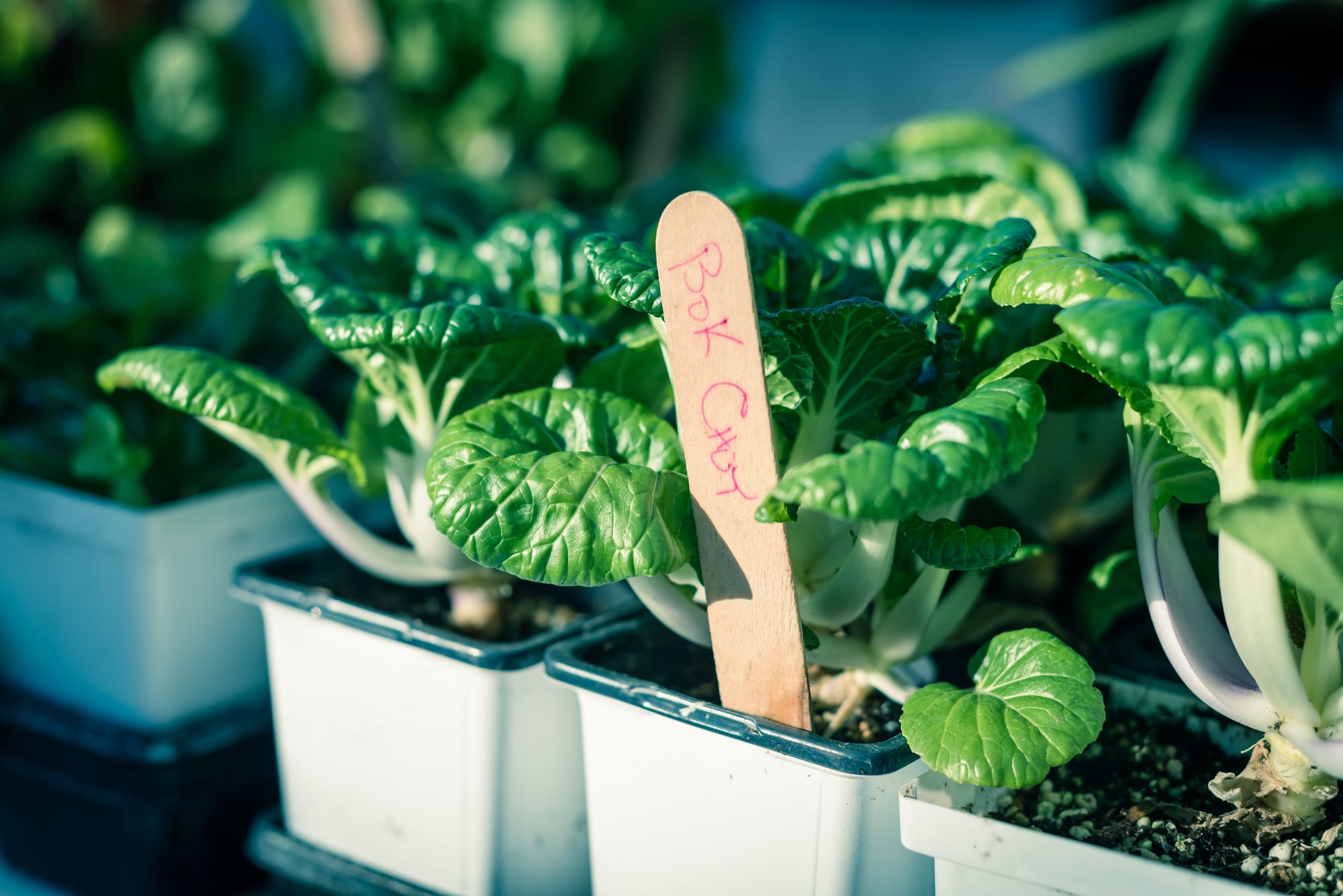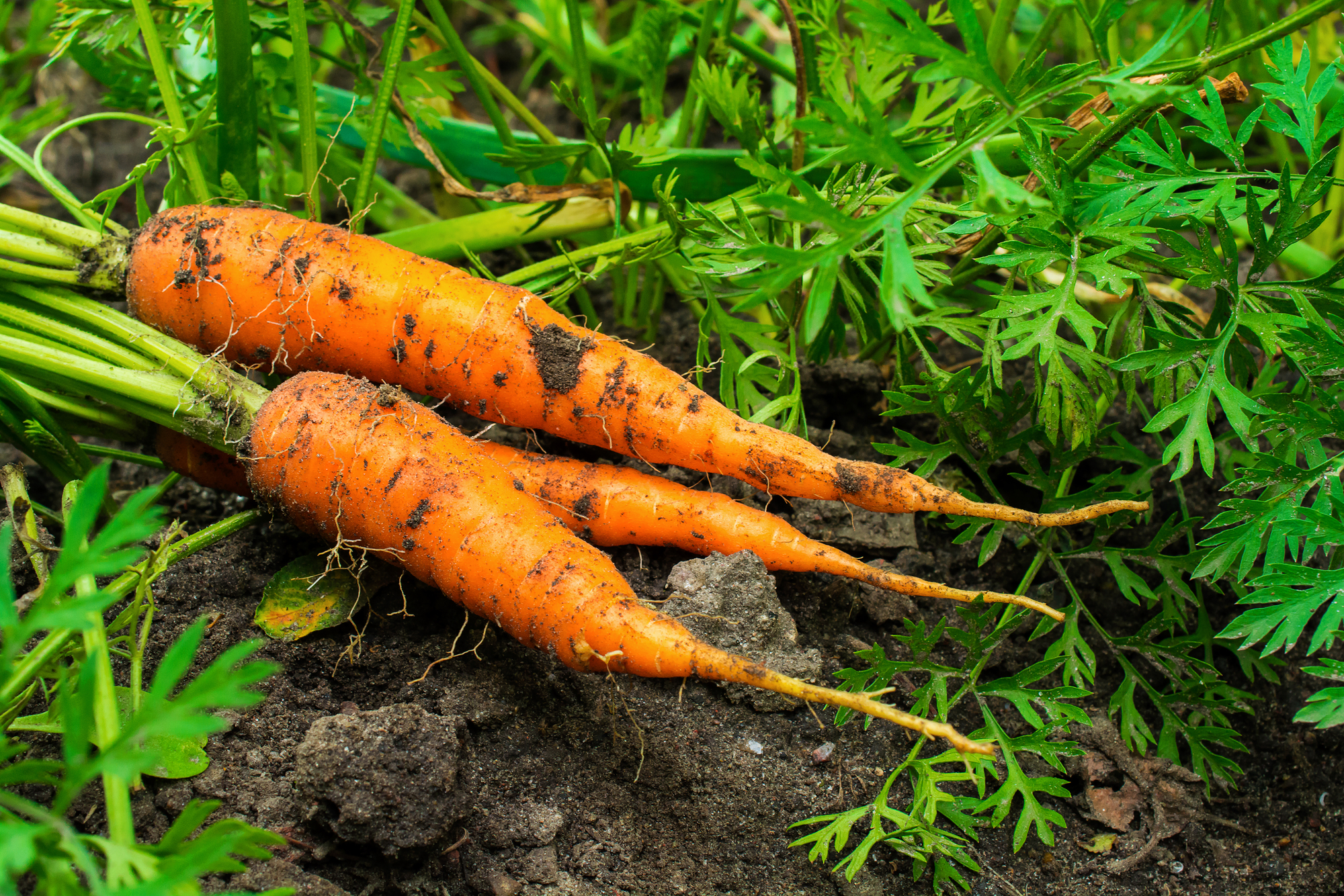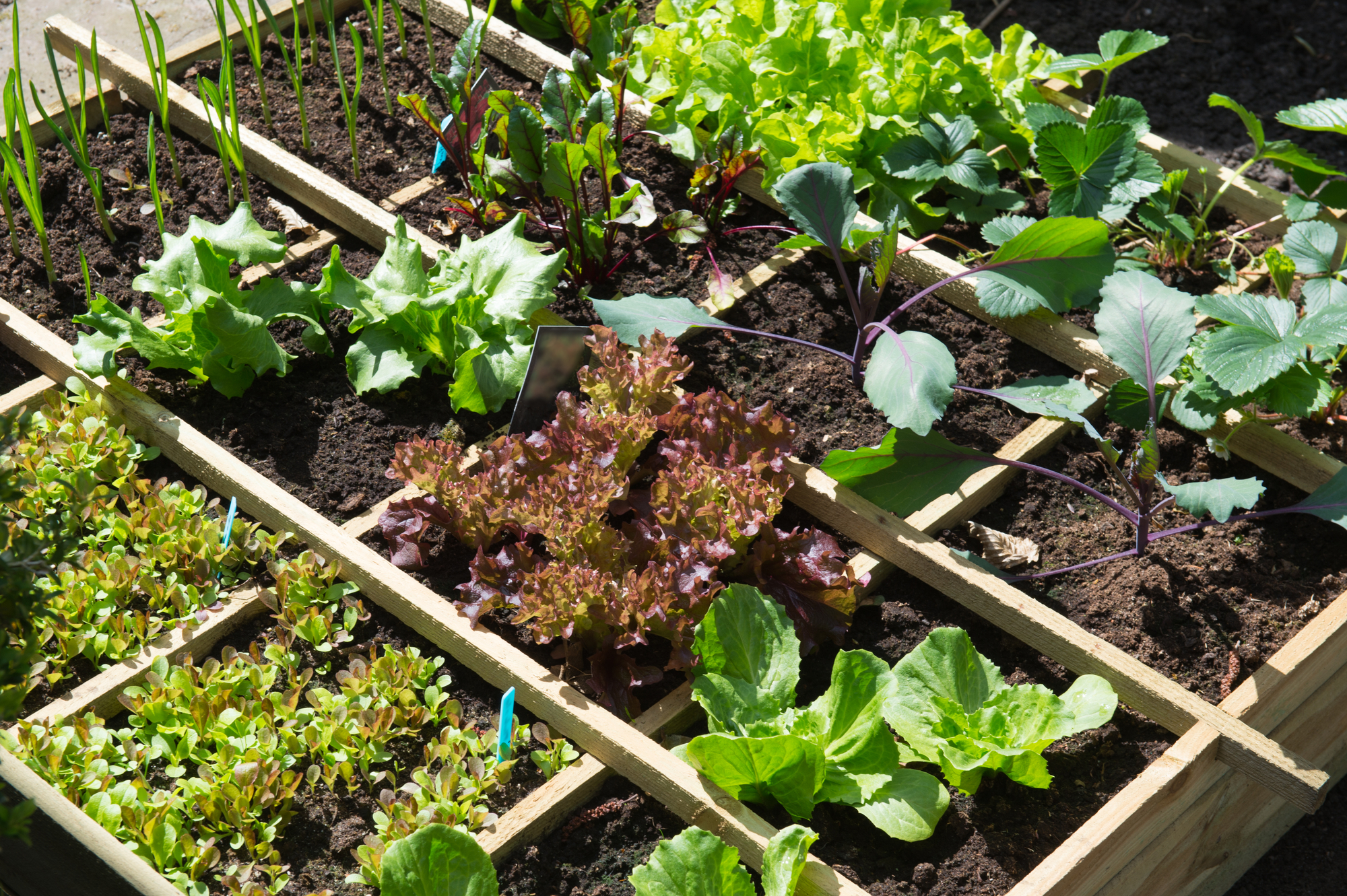Succession planting is a key opportunity to increase your garden yields, but to do it well, you need to add it to your garden planning before you plant that first seed. Follow these easy steps to increase your garden yields and get more vegetables from the same garden space.
It was snowing again today but I had a lovely day, sitting in front of the woodstove, fountain pen in hand, writing out my garden plan, in my garden journal. Garden planning is more than just ordering the seeds and deciding where to plant them. By adding succession planting into your garden plans you can double or even triple your harvests in one season without changing your garden size. Succession planting is a useful tool that maximizes your garden yields and your food security. With a little forethought and creativity you can increase your garden yields without expanding your current growing area. But succession planting begins before you sow the first seed packets. It begins in the planning stage.

Also see this post:
Family Garden: Planting and Planning a Year of Food
First Steps to Every Garden Plan
1. The first step in garden planning is knowing when your last frost date is expected. For me that’s June 10th. Every place is different though. If you don’t know your date, ask your neighbors or the old timers in your area.
2. The next step is knowing when your first expected frost date in the Fall is. For me that’s September 1st. The time in between those two dates is your frost free season. For me that’s 12 weeks or 72 days. That doesn’t sound like a lot of time to grow anything, does it? Yet, I grow over half of our annual vegetables in that short season.
3. How long do you have from first frost until a hard frost kills your plants? In my microclimate, while we usually have a light frost on September 1st, which will kill off the beans and winter squash, we usually get another month to six weeks where the days are warm, even if the nights are colder. There are a lot of garden plants that can handle light frost and in fact get better tasting after that first frost, like kale, broccoli, and cabbage. Garden season doesn’t completely end until a hard frost kills the plants. (-2C/28F for four consecutive hours)
What does that mean for our garden plans?
Its very important to know how many weeks you need from seed to harvest for various plants. This will help you start your plants on time, and will help you decide if different plants are worth the space in your garden.
For instance, carrots take, on average, 70 days or 10 weeks from planting to harvest. They can also handle light frosts. Since my growing season is just 72 days, I could simply plant them before my last frost date and harvest them by the end of August. OR I could plan to plant them up to four weeks before my last frost date (May 7th, for me) to harvest at the end of July, and then plant more carrots in the middle of July for a fall crop to harvest at the end of October. This would give be me two harvest of carrots, instead of only one, doubling my harvest potential.
Advantages of Succession Planting
- This is called succession planting and can double or triple the amount of food that you get from your garden.
- It can help you avoid the Abundance and Dearth so common with backyard gardens
- It can minimize weeding since the ground is kept covered, inhibiting weeds
- It can give you extra vegetables for food preservation and sharing
- It can increase your food security
- It can interrupt the life cycles of insect pests reducing pest predation
- Those who have shorter growing seasons can increase their yields
- Empty garden spaces are filled with started plants so the new plantings have the advantage of protection from more mature plants to help them grow better
- Succession planting allows for intercropping plants with different maturity dates like strawberries and asparagus, to give you more than one harvest in the same space
- Succession planting with the same crop by planting at 7 day to 14 day intervals gives you a continuous harvest of one vegetable
- Succession planting extends the harvest season
Should you follow a carrot harvest with a new carrot planting? I usually put the second planting of carrots where lettuce was growing earlier in the summer. Then plant a second planting of lettuce in the bed vacated by the first planting of carrots. Its a kind of “crop rotation”. Since they need different nutrients from the soil, this benefits both crops. Plus any pests that infect one of these crops will be less likely to infect the second planting — interrupting its life cycle.
Vegetables that do well when direct sown for succession planting include:
- Carrots
- Beets
- Lettuce
- Swiss Chard
- Arugula
- Spinach
- Bok Choy
- Radishes
- Turnips
Hardy plants like kale, collards, cabbage, etc. can also be succession planted but should be started in pots and transplanted into empty garden spaces because they need longer to mature to harvestable size.
See also:
12 Short Season Vegetables For Early Spring and Late Fall Abundance
Hybrid or Open-Pollinated plants
Some open-pollinated cabbage/mustard family plants will bolt (or flower) if they are planted too early into cold soils and then experience the heat of summer. Bok Choy, Tsatsoi, daikon radishes, arugula, turnips, and Napa cabbages are some of these. While the flowers are edible, premature flowering will negatively impact your garden yields.
These same vegetables when hybridized have had this trait bred out of them. So sticking with seed varieties that are “slow to bolt” or hybrid for spring plantings, can give you a better harvest. These same open-pollinated plants though do well if planted in warm soils after July 15th in the garden. (provided that you have at least 7 to 10 weeks left before you experience a hard frost). Plan to cover them at night after your first frost date to help them grow bigger.
Open-pollinated seed is less expensive than hybrid seed, so I plant hybrid seed in early spring and then plant the less expensive open-pollinated varieties around July 15th in my area, so that I can harvest this second planting near the end of September, before the hard frost.
See also:
Grow Kale Year-Round for Delicious Treat

Should you start cabbage, broccoli, and cauliflower indoors?
These plants can withstand a light frost. Open-pollinated varieties take about 16 weeks to grow. I like to start them about 8 weeks before my last frost date, so that they are ready to put in the garden when the ground starts to warm up, about a month before my last frost. Starting a second planting indoors, or in a nursery bed around the time of your last frost date, can give you a second harvest if your season is long enough. I will take the last of my cabbages out of the garden in mid October, about the same time I plant garlic in my area.
Timeline for Succession Planting:
8 weeks before last frost date: Start cabbage, broccoli, and cauliflower in pots
3 weeks before last frost date: Harden off plants. Transplant into garden. Cover with cloche or fabric at night.
0 Last frost date: Remove cloche or fabric.
5 weeks after last frost: Start a second planting of cabbage, broccoli, cauliflower in pots
8 weeks after last frost date: Begin harvesting first planting of cabbage, broccoli, and cauliflower
9 weeks after last frost date: Transplant second planting of cabbage, broccoli, cauliflower into the garden.
Before first Fall frost: Cover with a clothe or fabric at night to protect from frosts.
Harvest before hard frost about 12 weeks after transplanting.
To take advantage of succession planting you need to know how long each vegetable needs from seeding to harvest.
(*Cool season crops that can handle light frost)
- Bush Beans – 8 weeks
- Pole Beans — 12 weeks
- *Beets — 10 weeks
- *Carrots — 10 weeks
- *Celery — 12 weeks
- Corn — 13 weeks
- *Broccoli, Cauliflower, Cabbage, Kale etc. — 16 weeks
- *Swiss Chard — 8 weeks (harvest all season from one planting)
- Cucumber — 9 weeks
- *Fennel — 16 weeks
- *Lettuce –– 4 to 7 weeks
- *Onions — 20 weeks
- *Parsley — 14 weeks
- *Parsnip — 16 weeks
- *Peas — 10 weeks
- Peppers — 19 weeks
- Tomatoes — 17 weeks
- *Spinach — 7 weeks
- Zucchini and Summer Squash — 8 to 10 weeks
- Winter Squash — 13 weeks
Cool-weather crops that can handle a light frost can be planted or transplanted up to a month before your last frost date. Or they can be planted midseason and harvested during an extended fall season where you have only light frost. Johnny’s Seed has recommended vegetable, herb, and flower crops that do well with succession planting here.
See Also:
Companion Planting with Herbs to Increase Your Harvest
Spend some time this week adding succession planting into your garden plan so that you can double your harvest without doubling your garden space.






Leave a Reply